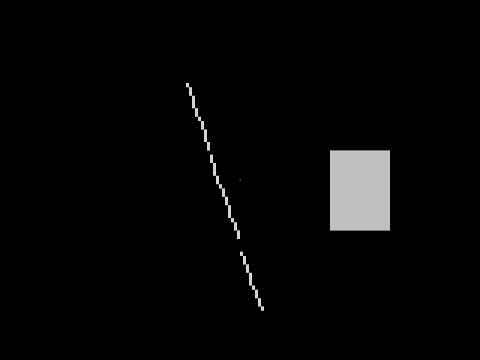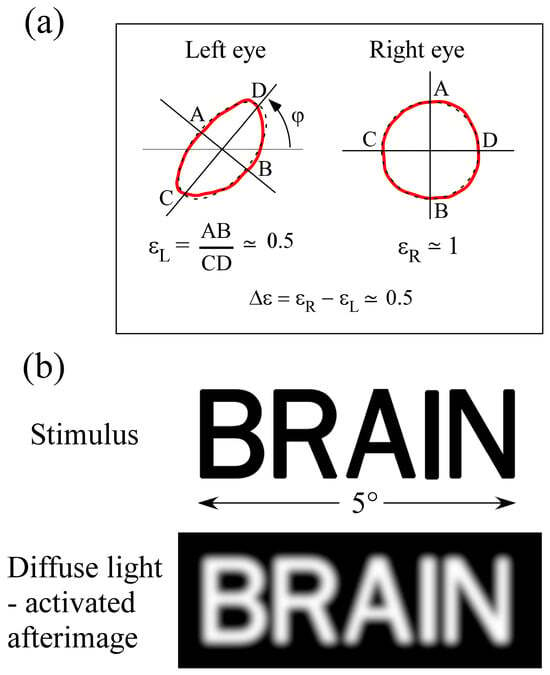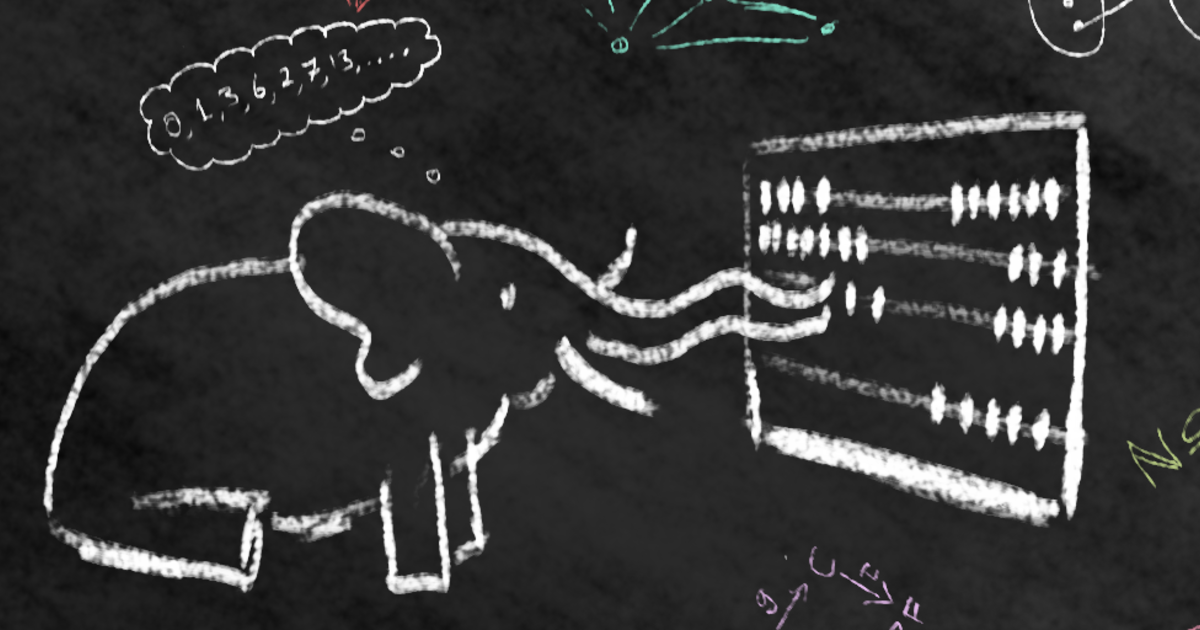Visually-evoked activity and variable modulation of auditory responses in the macaque inferior colliculus https://journals.physiology.org/doi/abs/10.1152/jn.00529.2024 #multisensory #crossmodal #neuroscience
Recent searches
Search options
#crossmodal
The effect of auditory rhythm on the temporal allocation of visual attention in aging https://www.frontiersin.org/journals/psychology/articles/10.3389/fpsyg.2025.1529967/full "robustness of cross-modal temporal expectations across both younger and older adults"; #crossmodal #temporal #perception

Speech outcomes in cochlear implant users depend on visual cross-modal cortical activity measured before or after implantation https://academic.oup.com/braincomms/article/7/1/fcaf071/8015733 #crossmodal #perception
Eye blinks synchronize with musical beats during music listening https://www.biorxiv.org/content/10.1101/2025.02.10.637582v1 "Blinks robustly synchronized with beats across a range of tempi and independently of melodic cues"; #crossmodal

Cross-modal transfer effects of the go/no-go training with visual stimuli https://onlinelibrary.wiley.com/doi/10.1002/brb3.70309 "possibly due to neuroplastic changes in the #multimodal association cortices"; #crossmodal #brain #plasticity
Vice versa, learning to see with The vOICe sensory substitution is all about minimizing your mental imagery's "spectrogram divergence score" with respect to live video https://youtube.com/watch?v=7jFJ_IXzwKI #crossmodal sound-guided #mental #imagery

Visually-guided compensation of deafening-induced song deterioration https://www.frontiersin.org/journals/psychology/articles/10.3389/fpsyg.2025.1521407/full We "trained deafened birds in a behavioral task where the #spectrogram divergence score of a target syllable was computed in real-time, triggering a contingent visual stimulus based on the score"; #crossmodal #BCI #neuroscience
Spectrogram divergence software on GitHub at https://gitlab.switch.ch/hahnloser-songbird/published-code/SpectrogramDivergence
Cortical circuits for cross-modal generalization (in mice) https://www.biorxiv.org/content/10.1101/2023.10.13.562215v4 "Optogenetic sensory substitution for cross-modal generalization"; #optogenetics #crossmodal #neuroscience

Duration adaptation depends on the perceived rather than physical duration and can be observed across sensory modalities https://journals.sagepub.com/doi/10.1177/03010066251314184 "duration adaptation relies on perceived duration and can occur across sensory modalities"; #crossmodal #multisensory #temporal #perception
"adapting to a subjectively matched #visual stimulus produced a significant aftereffect when the test stimulus was #auditory, indicating the existence of the cross-modal adaptation."
The brain dynamics of congenitally blind people seeing faces with sound doi.org/10.1101/2025... by @paulmatusz.bsky.social @striemamit.bsky.social @micahmurray.bsky.social et al.; "The blind do indeed 'see' with SSDs." [SSDs = sensory substitution devices] #crossmodal #neuroscience
RE: https://bsky.app/profile/did:plc:ohkmmhqij4kit43lccgdx7gx/post/3lgizz3nvzs2u
Motion-onset visually evoked potentials (VEPs) are amplified in the deaf (i.e. in deaf cats) https://journals.physiology.org/doi/abs/10.1152/jn.00527.2024 "indicates that cross-modal plasticity plays a significant role in the cortical processing of motion"; #crossmodal
Hebbian #optocontrol of cross-modal disruptive reading in increasing acoustic noise in an adult with developmental coordination disorder: a case report https://www.mdpi.com/2076-3425/14/12/1208 #crossmodal #multisensory #neuroscience

Not all cross-modal responses are explained by face movements (of mice) https://doi.org/10.1101/2024.12.18.629217 #crossmodal #multisensory

(2012) Stepwise connectivity of the modal cortex reveals the multimodal organization of the human brain https://www.jneurosci.org/content/32/31/10649 "V-A results demonstrate that the posterior middle temporal gyrus" [...] "is engaged in the merging of direct connections between the visual and auditory cortex"
(2024) Reorganization of integration and segregation networks in brain-based visual impairment https://www.sciencedirect.com/science/article/pii/S2213158224001293 #multisensory #crossmodal #neuroscience
Perceptual learning and neural correlates of virtual navigation in subjective cognitive decline: A pilot study www.cell.com/iscience/ful... "we propose that interventions utilizing sensory substitution could create powerful digitally enhanced cross-modal environments"; #VR #crossmodal #neuroscience
Perceptual learning and neural correlates of virtual navigation in subjective cognitive decline: A pilot study https://www.cell.com/iscience/fulltext/S2589-0042(24)02636-1 "we propose that interventions utilizing sensory substitution could create powerful digitally enhanced cross-modal environments"; #VR #crossmodal #neuroscience
Perceptual learning and neural correlates of virtual navigation in subjective cognitive decline: A pilot study www.cell.com/iscience/ful... "we propose that interventions utilizing sensory substitution could create powerful digitally enhanced cross-modal environments"; #VR #crossmodal #neuroscience
Perceptual learning and neural...
#Multisensory interplay and theories of #consciousness https://psycnet.apa.org/doiLanding?doi=10.1037%2Fcns0000407 "Sensory interplay typically refers to cases where the content of one sensory modality affects the content of another sensory modality"; #crossmodal
Onset timing of letter processing in auditory and visual sensory cortices https://www.frontiersin.org/journals/integrative-neuroscience/articles/10.3389/fnint.2024.1427149/full "timing pattern suggests that the origins of the cross-sensory activations may be in the primary sensory cortices of the opposite modality"; #crossmodal #neuroscience

Visual and auditory object representations in ventral visual cortex after restoring sight in humans https://www.biorxiv.org/content/10.1101/2024.11.22.624459v1 #crossmodal #neuroscience
"we speculate that in higher-order visual areas cross-modal activity might facilitate - rather than interfere - with visual functional recovery after congenital blindness."


